Brochures and publications / 25.5.2020 / Back
Brochure: The logistics centre for the Konrad repository
he federally owned BGZ Gesellschaft für Zwischenlagerung mbH is planning to build a logistics centre for low- and intermediate-level radioactive waste in Beverungen-Würgassen for the Konrad repository (LoK). This brochure aims to answer the most important questions about the plans.
This brochure provides information about the following:
- What the LoK is needed for
- Where the LoK is to be built and the rationale for this location
- When the LoK is to be built
- How the LoK is designed
- How waste arrives at the LoK and is transported further to the Konrad repository
- What substances are kept in the locomotive LoK and where they come from
- What the BGZ does to ensure safety in the LoK
- Frequently asked questions about the LoK and our answers
- Who the BGZ is and how we finance it all
Download the brochure
PDF (1.2 MB)
